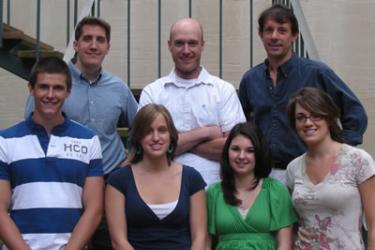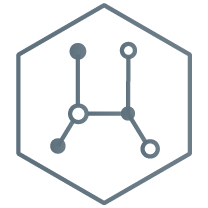
Project Description:
A major goal of modern research in evolutionary biology is to characterize, at a genetic level, the mechanisms of adaptive evolution. One issue of particular interest is whether changes in homologous genes underlie the independent evolution of similar adaptive phenotypes. Emerging research from Heliconius butterflies indicates that closely related species share a conserved genetic architecture for their mimetic wing color patterns. The project will generated a large number of orthologous SNP reference markers for use genotyping mapping families to localize the genomic regions underlying three of the most striking examples of wing pattern mimicry in butterflies.
The work will consist of two specific research objectives that are part of a broader effort to characterize the genes underlying mimicry in three divergent butterfly lineages. First, we will utilize next-generation sequencing technology (e.g. 454 pyrosequencing, SOLID) to generate high coverage transcriptome sequence data for Limenitis, Papilio and Heliconius. These data will then be trimmed, assembled, and annotated using a variety of bioinformatic tools and custom PERL scripts. Second, we will mine these data to identify a large number of orthologous SNPS across systems that will then be genotyped in each system and mapped to localize mimicry QTL. The combination of bioinformatics, population-level transcriptome data, and quantitative genetics will provide a robust comparative evolutionary framework for comparing the genetic architecture of mimicry in these three systems.
Undergraduates on this team will participate directly in the assembly and annotation of ESTs derived from the developing butterfly wing discs of several species. In addition, they will utilize both custom and pre-existing bioinformatic tools to mine these transcriptome data to identify single nucleotide polymorphisms for use in the construction of a SNP genotyping chip. 454 data for two species (Limenitis and Heliconius) already exist but undergraduates will also have the opportunity to help construct a normalized cDNA library for sequencing from a third species, Papilio polytes. Undergraduate participation will culminate in oral presentations of data analysis that will involve extended discussion of the different computational methodologies applied and the strengths and weakness of individual analytical approaches.
Project Year:
2009
Team Leaders:
Sean Mullen, Ph.D., Biological Sciences
Daniel Lopresti Ph.D., Computer Sciences & Engineering
Graduate Students:
Monika Anand
Vance Imhoff
Undergraduate Students:
Emily Becker
David Goldberg
Kathleen Petryna
Erica Smith





